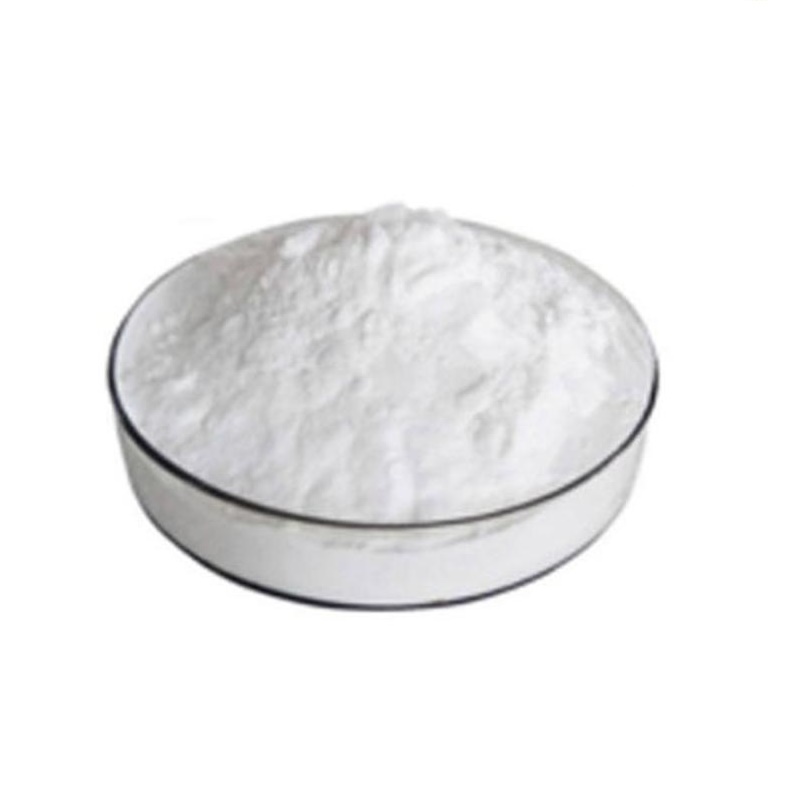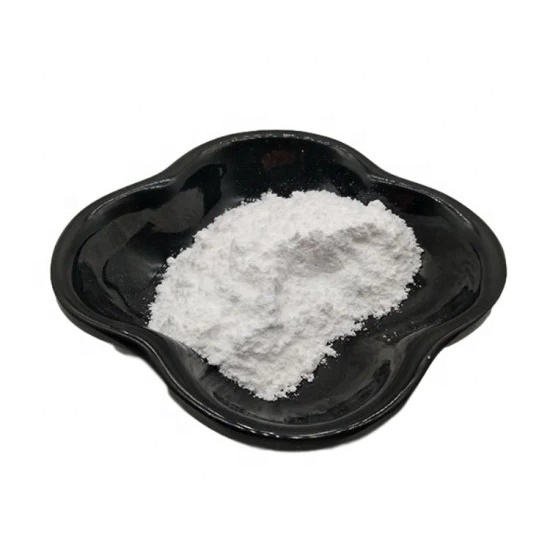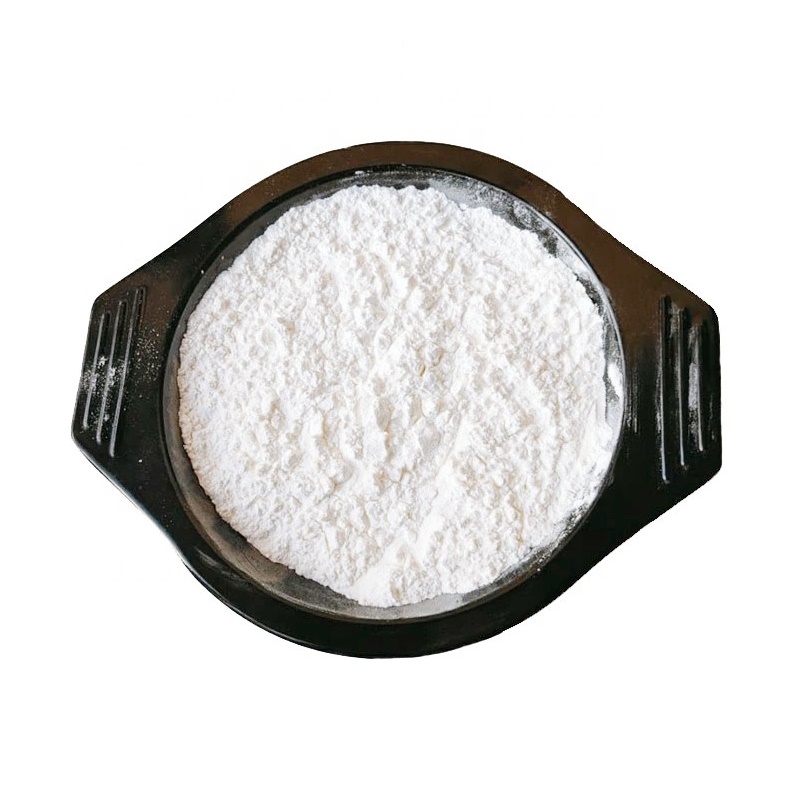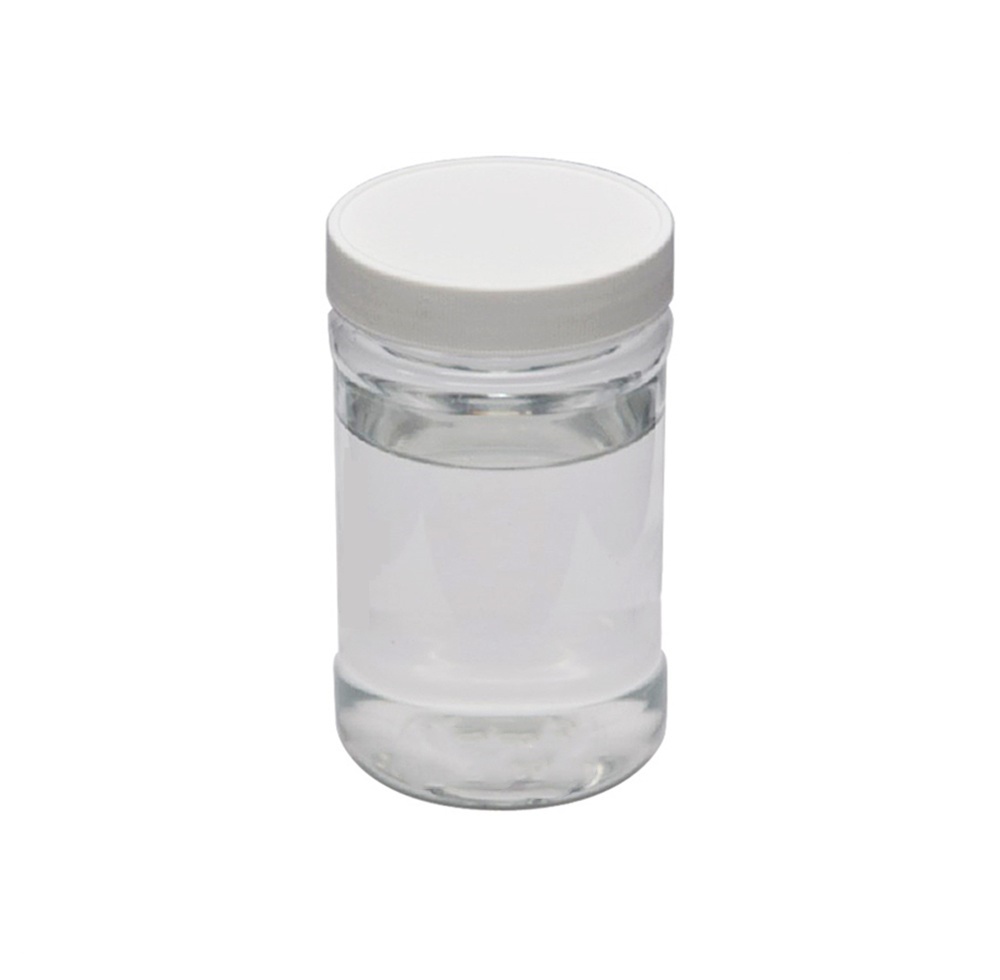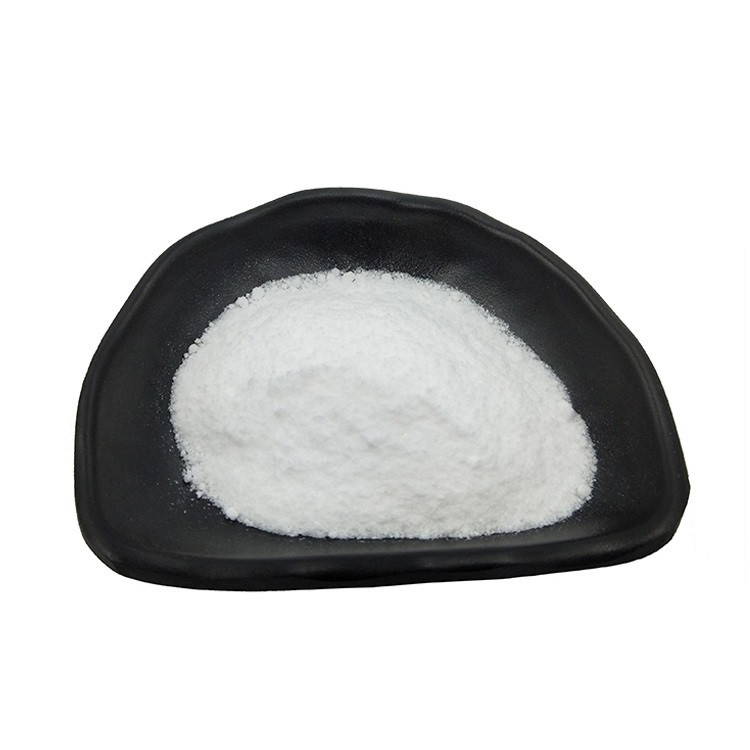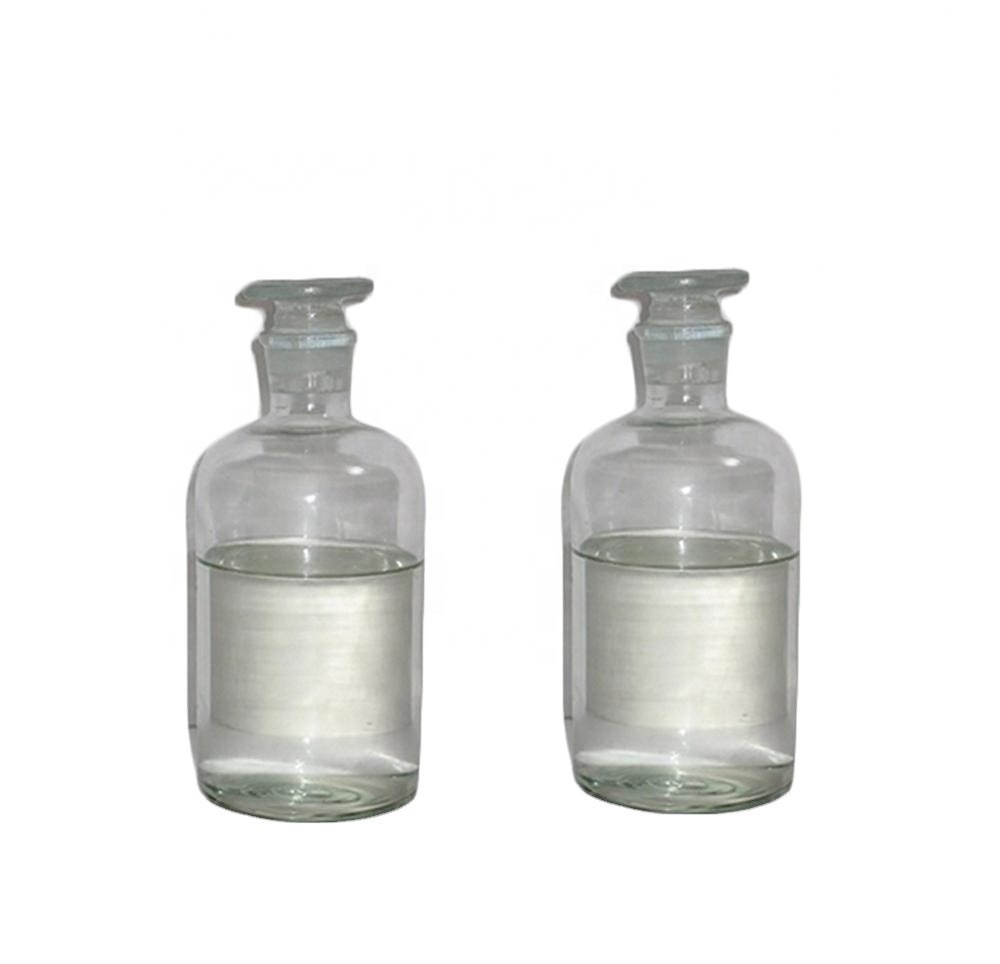

Benzoic acid CAS 65-85-0
——————
CAS number : 65-85-0
molecular formula : C7H6O2
EINECS : 200-618-2
——————
Email : info@deshangchem.com
Mobile : +86-13153039501
TEL : +86-531-88752665
CAS number:65-85-0
molecular formula:C7H6O2
molecular weight:122.12
EINECS number:200-618-2
English synonyms
210;a 1 (acid);Acide benzoique;Benzoic aBenzoic acidcid;Mefenamic Acid Impurity D;Benzyl acid;SS Benzoic Acid;Glycopyrronium Bromide EP Impurity D
Related categories
Synthetic spices; spices and flavors; preservatives; antiseptic insecticides; feed additives; small molecule inhibitors; organic standard solutions; synthetic material intermediates; food additives; plant extracts; pharmaceutical raw materials; benzaldehyde alkyds and derivatives; Additives; APIs; API APIs
Introduction
Benzoic acid, also known as benzoic acid, has a molecular formula of C6H5COOH. It is the simplest aromatic acid in which the carboxyl group is directly connected to the carbon atom of the benzene ring. It is a compound formed by replacing a hydrogen on the benzene ring with a carboxyl group (-COOH). It is a colorless, odorless flaky crystal. The melting point is 122.13°C, the boiling point is 249°C, and the relative density is 1.2659 (15/4°C). It sublimates rapidly at 100°C, and its vapor is highly irritating, which can easily cause coughing after inhalation. Slightly soluble in water, easily soluble in organic solvents such as ethanol, ether, chloroform, benzene, toluene, carbon disulfide, carbon tetrachloride and turpentine. It exists widely in nature in the form of free acid, ester or its derivatives. For example, it exists in the form of free acid and benzyl ester in benzoin gum; it exists in free form in the leaves and bark of some plants; in incense Essential oil exists in the form of methyl ester or benzyl ester; in horse urine, it exists in the form of its derivative hippuric acid. Benzoic acid is a weak acid, stronger than fatty acids. Their chemical properties are similar, and they can form salts, esters, acid halides, amides, acid anhydrides, etc., and are not easily oxidized. The electrophilic substitution reaction can occur on the benzene ring of benzoic acid, and the meta-substituted product is mainly obtained.
Chemical properties
| Melting point | 121-125 °C(lit.) |
Boiling point | 249 °C(lit.) |
| Density | 1.08 |
| Vapour density | 4.21 (vs air) |
| Vapor Pressure | 10 mm Hg ( 132 °C) |
| Refractive index | 1.504 |
FEMA | 2131 | BENZOIC ACID |
| Flash point | 250 °F |
Storage conditions | 2-8°C |
| Solubility | soluble, clear, colorless (95% ethanol, 1gm/3mL) |
| Shape | Solid |
| Acidity coefficient(pKa) | 4.19(at 25℃) |
| Color | White to yellow-beige to orange |
| PH value | 3.66(1 mM solution);3.12(10 mM solution);2.6(100 mM solution); |
| Water solubility | Slightly soluble. 0.34 g/100 mL |
Merck | 14,1091 |
JECFA Number | 850 |
BRN | 636131 |
Henry's Law Constant | (x 10-8 atm?m3/mol): 7.02 (calculated, U.S. EPA, 1980a) |
| Stability | Stable. Combustible. Incompatible with strong bases, strong oxidizing agents, alkalies. |
InChIKey | WPYMKLBDIGXBTP-UHFFFAOYSA-N |
| CAS database | 65-85-0(CAS DataBase Reference) |
Scaly or needle-like crystals. Has the smell of benzene or formaldehyde. Slightly soluble in water, soluble in ethanol, methanol, ether, chloroform, benzene, toluene, carbon disulfide, carbon tetrachloride and turpentine.
Use
● Benzoic acid is an important acid-type food preservative. Under acidic conditions, it has inhibitory effect on mold, yeast and bacteria, but weaker effect on acid-producing bacteria. The optimum pH value for antibacterial is 2.5-4.0, generally lower than the pH value 4.5-5.0. Concentrated fruit and vegetable juices packed in plastic barrels in the food industry, the maximum usage amount shall not exceed 2.0g/kg; the maximum usage amount in jams (excluding canned food), fruit juice (flavored) drinks, soy sauce, and vinegar is 1.0g/kg; The maximum usage amount in fudge, wine, and fruit wine is 0.8g/kg; in low-salt pickles, sauces, and preserves, the maximum usage amount is 0.5g/kg; in carbonated beverages, the maximum usage amount is 0.2g/kg. Since benzoic acid is slightly soluble in water, a small amount of ethanol can be used to dissolve it.
● Benzoic acid is an important acid type feed preservative. Under acidic conditions, it has inhibitory effect on mold, yeast and bacteria, but weaker effect on acid-producing bacteria. The most suitable pH for antibacterial is 2.5-4.0, generally lower than PH4.5-5.0 is advisable.
● Benzoic acid is mainly used for antifungal and disinfection and antiseptic, and is also used as an antimicrobial agent.
Due to the low solubility of benzoic acid, it must be fully stirred when used, or dissolved in a small amount of hot water or ethanol. When used in concentrated fruit juice for refreshing drinks, because benzoic acid is easy to volatilize with water vapor, its sodium salt is often used. 1g of sodium salt is equivalent to 0.847g of benzoic acid.
● Usually used as a fixative or preservative. It is also used as a flavor preservative for juice drinks. It can be used as an ointment for aromatherapy. It can also be used in food flavors such as chocolate, lemon, orange, berries, nuts, and candied fruit. It is also commonly used in tobacco flavors.
● Benzoic acid and its sodium salt are important food preservatives. Under acidic conditions, the inhibitory effect on yeast and mold is strong when the pH value is 3, but the effect on many molds is poor when the pH value is 6, so the optimum pH value for antibacterial is 2.5-4.0. Benzoic acid is mainly used in the production of sodium benzoate food preservatives, dye intermediates, pesticides, plasticizers, mordants, medicines, spices, and can also be used as modifiers for alkyd resins and polyamide resins, used for the production of polyester Raw materials such as terephthalic acid and antirust agents for iron and steel equipment.
● Used in the production of medicines, dye carriers, plasticizers, spices and food preservatives, etc., and also used in the performance improvement of alkyd resin coatings; used as intermediates for pharmaceuticals and dyes, for the preparation of plasticizers and spices, etc. , as an antirust agent for iron and steel equipment
● Alkali Quantitative Standard. Iodine quantitative standard. Calorific value standard. Determination of aluminum, boron, cerium, copper, iron, lead, manganese, mercury, nickel, nitrates, nitrites, silver, titanium, tungsten and vanadium. Determination of aluminum, copper, iron, titanium and uranium. Standards for the determination of carbon, hydrogen, oxygen and relative molecular mass in organic trace analysis. Also used for benzoylation in organic analysis.
Production method
● It is initially obtained by dry distillation of benzoin gum or by hydrolysis with alkaline water, and it can also be obtained by hydrolysis of hippuric acid. The industrial production methods of benzoic acid include toluene liquid-phase air oxidation method, benzyl trichloride hydrolysis method and phthalic anhydride decarboxylation method, and toluene liquid-phase air oxidation method is the most common. Toluene and air are fed into a reactor filled with cobalt naphthenate catalyst, and the reaction is carried out at a reaction temperature of 140-160 °C and an operating pressure of 0.2-0.3 MPa to generate benzoic acid, and the unreacted toluene is evaporated to obtain crude Benzoic acid was distilled under reduced pressure and recrystallized to obtain the finished product. The final product obtained by decarboxylation of phthalic anhydride is not easy to be refined, and the production cost is high, so it is only used in the manufacturing process of small batches of medicines and other products. Toluene chlorination products are not suitable for food. Benzoic acid has different specifications for industrial use, food use, and medical use. Food grade should comply with GB1901-80, with a content of more than 99.5%, a melting point of 121-123°C, and quality indicators such as easy oxides, easy carbides, chlorine-containing compounds, ignition residues, heavy metals, and arsenic content. Raw material consumption quota: toluene 1140kg/t, cobalt naphthenate 4kg/t. In addition, benzoic acid can be produced by-product when benzaldehyde is produced from toluene.
● It is obtained by direct liquid-phase oxidation of toluene.
It is obtained by decarboxylation of phthalic acid with lead oxide, zinc oxide, etc. as catalysts.
It is obtained by chlorination of toluene into trichlorotoluene, followed by hydrolysis of milk of lime and iron powder.
● Although benzoic acid can be produced by toluene chlorination and phthalic acid decarboxylation, the industrial production method generally adopted at home and abroad is the liquid-phase catalytic air oxidation method using toluene as raw material.
Toluene and air dissolved in catalyst (cobalt naphthenate, cobalt naphthenate or cobalt acetate) are continuously pumped into the oxidation tower (or kettle), and oxidized at 140~165°C and 0.3~0.4MPa to generate benzoic acid . The tail gas at the top of the tower is reclaimed toluene by condensation and activated carbon adsorption and then emptied; the reaction liquid in the tower reactor is distilled at normal pressure to recover unreacted light components such as toluene, benzyl alcohol and benzaldehyde, and then distilled under reduced pressure to obtain benzoic acid; Toluene and the like are returned to the oxidation tower, and the single-pass conversion rate of toluene can be controlled above 35%.
Domestic consumption of benzoic acid per ton is 1025-1500kg of toluene, and cobalt naphthenate is about 4kg; foreign consumption of toluene is 820kg per ton.
2C6CH5CH3+3O2[cobalt salt]→2C6H5COOH
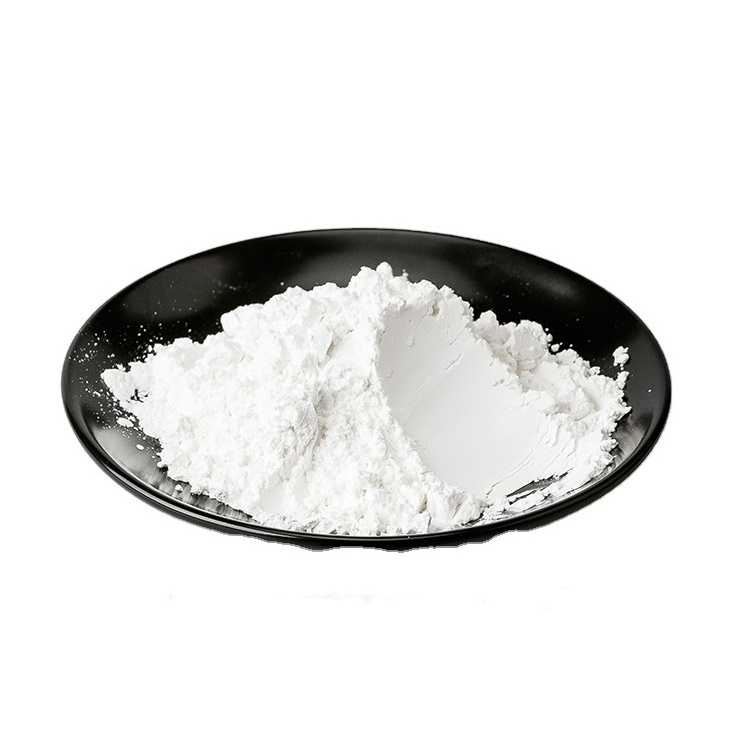
Benzoic acid CAS 65-85-0
CAS number:65-85-0
molecular formula:C7H6O2
molecular weight:122.12
EINECS number:200-618-2
English synonyms
210;a 1 (acid);Acide benzoique;Benzoic aBenzoic acidcid;Mefenamic Acid Impurity D;Benzyl acid;SS Benzoic Acid;Glycopyrronium Bromide EP Impurity D
Related categories
Synthetic spices; spices and flavors; preservatives; antiseptic insecticides; feed additives; small molecule inhibitors; organic standard solutions; synthetic material intermediates; food additives; plant extracts; pharmaceutical raw materials; benzaldehyde alkyds and derivatives; Additives; APIs; API APIs
Introduction
Benzoic acid, also known as benzoic acid, has a molecular formula of C6H5COOH. It is the simplest aromatic acid in which the carboxyl group is directly connected to the carbon atom of the benzene ring. It is a compound formed by replacing a hydrogen on the benzene ring with a carboxyl group (-COOH). It is a colorless, odorless flaky crystal. The melting point is 122.13°C, the boiling point is 249°C, and the relative density is 1.2659 (15/4°C). It sublimates rapidly at 100°C, and its vapor is highly irritating, which can easily cause coughing after inhalation. Slightly soluble in water, easily soluble in organic solvents such as ethanol, ether, chloroform, benzene, toluene, carbon disulfide, carbon tetrachloride and turpentine. It exists widely in nature in the form of free acid, ester or its derivatives. For example, it exists in the form of free acid and benzyl ester in benzoin gum; it exists in free form in the leaves and bark of some plants; in incense Essential oil exists in the form of methyl ester or benzyl ester; in horse urine, it exists in the form of its derivative hippuric acid. Benzoic acid is a weak acid, stronger than fatty acids. Their chemical properties are similar, and they can form salts, esters, acid halides, amides, acid anhydrides, etc., and are not easily oxidized. The electrophilic substitution reaction can occur on the benzene ring of benzoic acid, and the meta-substituted product is mainly obtained.
Chemical properties
| Melting point | 121-125 °C(lit.) |
Boiling point | 249 °C(lit.) |
| Density | 1.08 |
| Vapour density | 4.21 (vs air) |
| Vapor Pressure | 10 mm Hg ( 132 °C) |
| Refractive index | 1.504 |
FEMA | 2131 | BENZOIC ACID |
| Flash point | 250 °F |
Storage conditions | 2-8°C |
| Solubility | soluble, clear, colorless (95% ethanol, 1gm/3mL) |
| Shape | Solid |
| Acidity coefficient(pKa) | 4.19(at 25℃) |
| Color | White to yellow-beige to orange |
| PH value | 3.66(1 mM solution);3.12(10 mM solution);2.6(100 mM solution); |
| Water solubility | Slightly soluble. 0.34 g/100 mL |
Merck | 14,1091 |
JECFA Number | 850 |
BRN | 636131 |
Henry's Law Constant | (x 10-8 atm?m3/mol): 7.02 (calculated, U.S. EPA, 1980a) |
| Stability | Stable. Combustible. Incompatible with strong bases, strong oxidizing agents, alkalies. |
InChIKey | WPYMKLBDIGXBTP-UHFFFAOYSA-N |
| CAS database | 65-85-0(CAS DataBase Reference) |
Scaly or needle-like crystals. Has the smell of benzene or formaldehyde. Slightly soluble in water, soluble in ethanol, methanol, ether, chloroform, benzene, toluene, carbon disulfide, carbon tetrachloride and turpentine.
Use
● Benzoic acid is an important acid-type food preservative. Under acidic conditions, it has inhibitory effect on mold, yeast and bacteria, but weaker effect on acid-producing bacteria. The optimum pH value for antibacterial is 2.5-4.0, generally lower than the pH value 4.5-5.0. Concentrated fruit and vegetable juices packed in plastic barrels in the food industry, the maximum usage amount shall not exceed 2.0g/kg; the maximum usage amount in jams (excluding canned food), fruit juice (flavored) drinks, soy sauce, and vinegar is 1.0g/kg; The maximum usage amount in fudge, wine, and fruit wine is 0.8g/kg; in low-salt pickles, sauces, and preserves, the maximum usage amount is 0.5g/kg; in carbonated beverages, the maximum usage amount is 0.2g/kg. Since benzoic acid is slightly soluble in water, a small amount of ethanol can be used to dissolve it.
● Benzoic acid is an important acid type feed preservative. Under acidic conditions, it has inhibitory effect on mold, yeast and bacteria, but weaker effect on acid-producing bacteria. The most suitable pH for antibacterial is 2.5-4.0, generally lower than PH4.5-5.0 is advisable.
● Benzoic acid is mainly used for antifungal and disinfection and antiseptic, and is also used as an antimicrobial agent.
Due to the low solubility of benzoic acid, it must be fully stirred when used, or dissolved in a small amount of hot water or ethanol. When used in concentrated fruit juice for refreshing drinks, because benzoic acid is easy to volatilize with water vapor, its sodium salt is often used. 1g of sodium salt is equivalent to 0.847g of benzoic acid.
● Usually used as a fixative or preservative. It is also used as a flavor preservative for juice drinks. It can be used as an ointment for aromatherapy. It can also be used in food flavors such as chocolate, lemon, orange, berries, nuts, and candied fruit. It is also commonly used in tobacco flavors.
● Benzoic acid and its sodium salt are important food preservatives. Under acidic conditions, the inhibitory effect on yeast and mold is strong when the pH value is 3, but the effect on many molds is poor when the pH value is 6, so the optimum pH value for antibacterial is 2.5-4.0. Benzoic acid is mainly used in the production of sodium benzoate food preservatives, dye intermediates, pesticides, plasticizers, mordants, medicines, spices, and can also be used as modifiers for alkyd resins and polyamide resins, used for the production of polyester Raw materials such as terephthalic acid and antirust agents for iron and steel equipment.
● Used in the production of medicines, dye carriers, plasticizers, spices and food preservatives, etc., and also used in the performance improvement of alkyd resin coatings; used as intermediates for pharmaceuticals and dyes, for the preparation of plasticizers and spices, etc. , as an antirust agent for iron and steel equipment
● Alkali Quantitative Standard. Iodine quantitative standard. Calorific value standard. Determination of aluminum, boron, cerium, copper, iron, lead, manganese, mercury, nickel, nitrates, nitrites, silver, titanium, tungsten and vanadium. Determination of aluminum, copper, iron, titanium and uranium. Standards for the determination of carbon, hydrogen, oxygen and relative molecular mass in organic trace analysis. Also used for benzoylation in organic analysis.
Production method
● It is initially obtained by dry distillation of benzoin gum or by hydrolysis with alkaline water, and it can also be obtained by hydrolysis of hippuric acid. The industrial production methods of benzoic acid include toluene liquid-phase air oxidation method, benzyl trichloride hydrolysis method and phthalic anhydride decarboxylation method, and toluene liquid-phase air oxidation method is the most common. Toluene and air are fed into a reactor filled with cobalt naphthenate catalyst, and the reaction is carried out at a reaction temperature of 140-160 °C and an operating pressure of 0.2-0.3 MPa to generate benzoic acid, and the unreacted toluene is evaporated to obtain crude Benzoic acid was distilled under reduced pressure and recrystallized to obtain the finished product. The final product obtained by decarboxylation of phthalic anhydride is not easy to be refined, and the production cost is high, so it is only used in the manufacturing process of small batches of medicines and other products. Toluene chlorination products are not suitable for food. Benzoic acid has different specifications for industrial use, food use, and medical use. Food grade should comply with GB1901-80, with a content of more than 99.5%, a melting point of 121-123°C, and quality indicators such as easy oxides, easy carbides, chlorine-containing compounds, ignition residues, heavy metals, and arsenic content. Raw material consumption quota: toluene 1140kg/t, cobalt naphthenate 4kg/t. In addition, benzoic acid can be produced by-product when benzaldehyde is produced from toluene.
● It is obtained by direct liquid-phase oxidation of toluene.
It is obtained by decarboxylation of phthalic acid with lead oxide, zinc oxide, etc. as catalysts.
It is obtained by chlorination of toluene into trichlorotoluene, followed by hydrolysis of milk of lime and iron powder.
● Although benzoic acid can be produced by toluene chlorination and phthalic acid decarboxylation, the industrial production method generally adopted at home and abroad is the liquid-phase catalytic air oxidation method using toluene as raw material.
Toluene and air dissolved in catalyst (cobalt naphthenate, cobalt naphthenate or cobalt acetate) are continuously pumped into the oxidation tower (or kettle), and oxidized at 140~165°C and 0.3~0.4MPa to generate benzoic acid . The tail gas at the top of the tower is reclaimed toluene by condensation and activated carbon adsorption and then emptied; the reaction liquid in the tower reactor is distilled at normal pressure to recover unreacted light components such as toluene, benzyl alcohol and benzaldehyde, and then distilled under reduced pressure to obtain benzoic acid; Toluene and the like are returned to the oxidation tower, and the single-pass conversion rate of toluene can be controlled above 35%.
Domestic consumption of benzoic acid per ton is 1025-1500kg of toluene, and cobalt naphthenate is about 4kg; foreign consumption of toluene is 820kg per ton.
2C6CH5CH3+3O2[cobalt salt]→2C6H5COOH
Team Presentation

